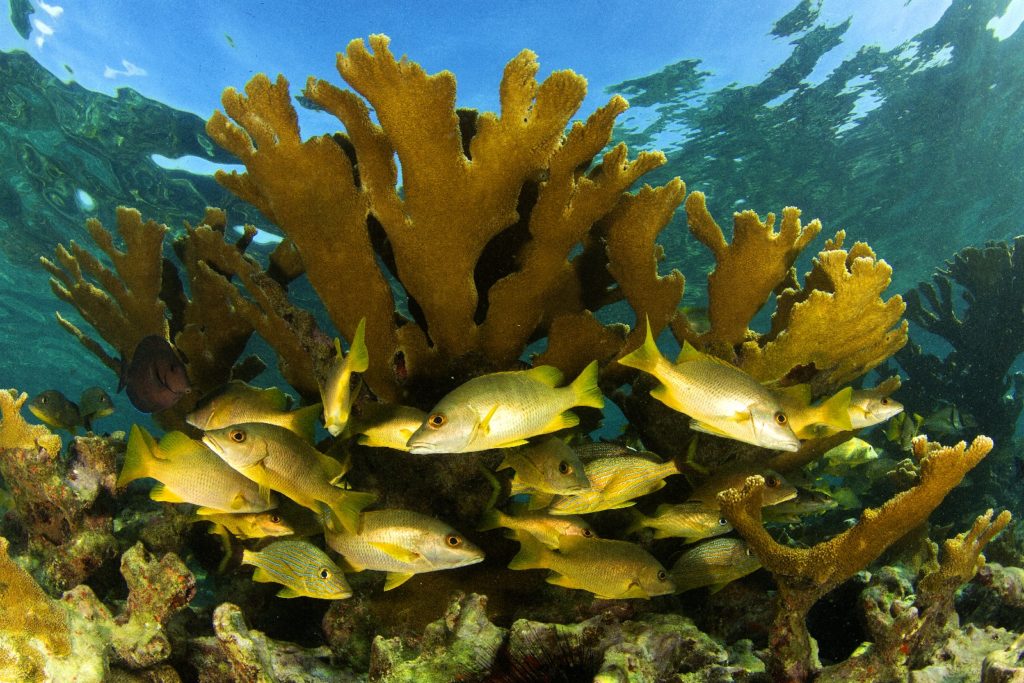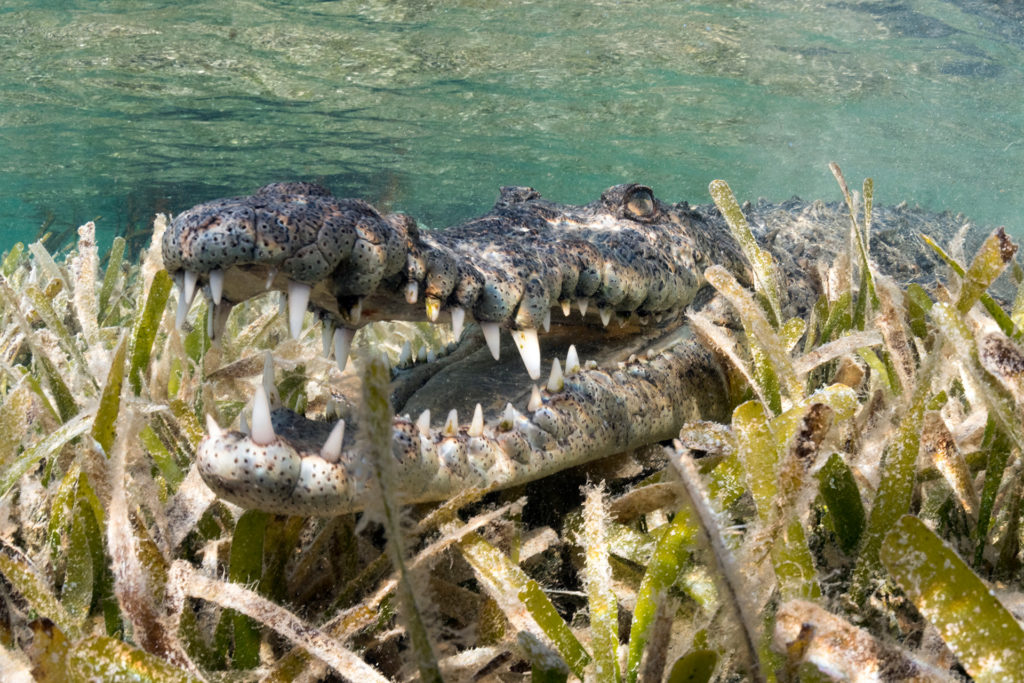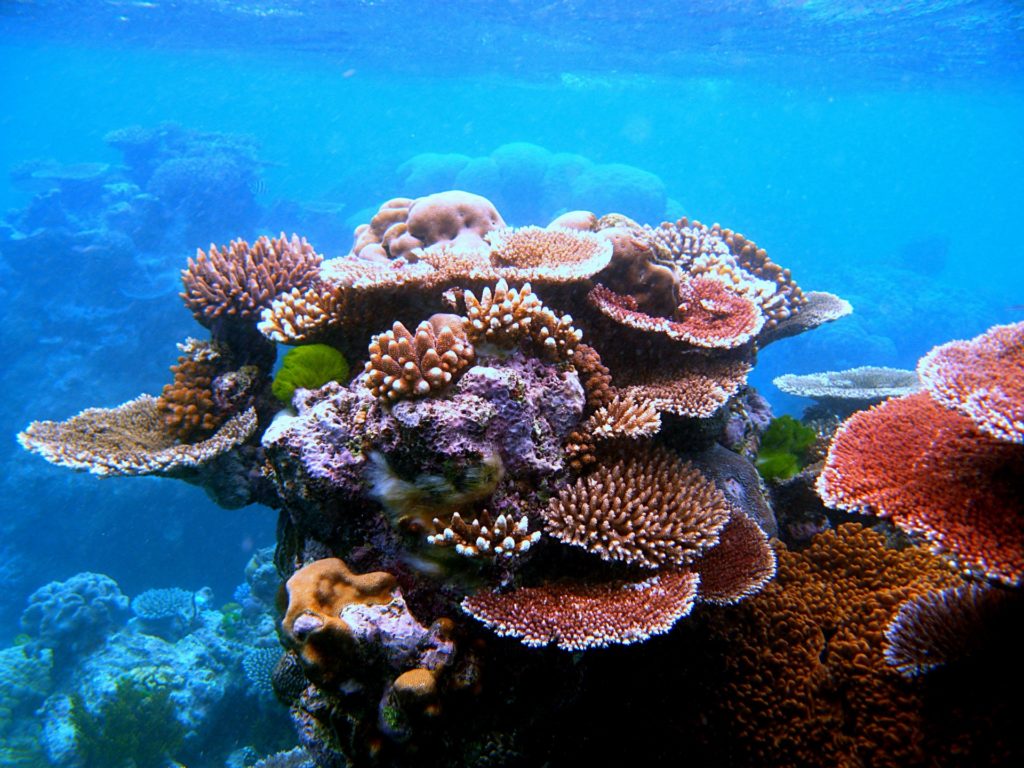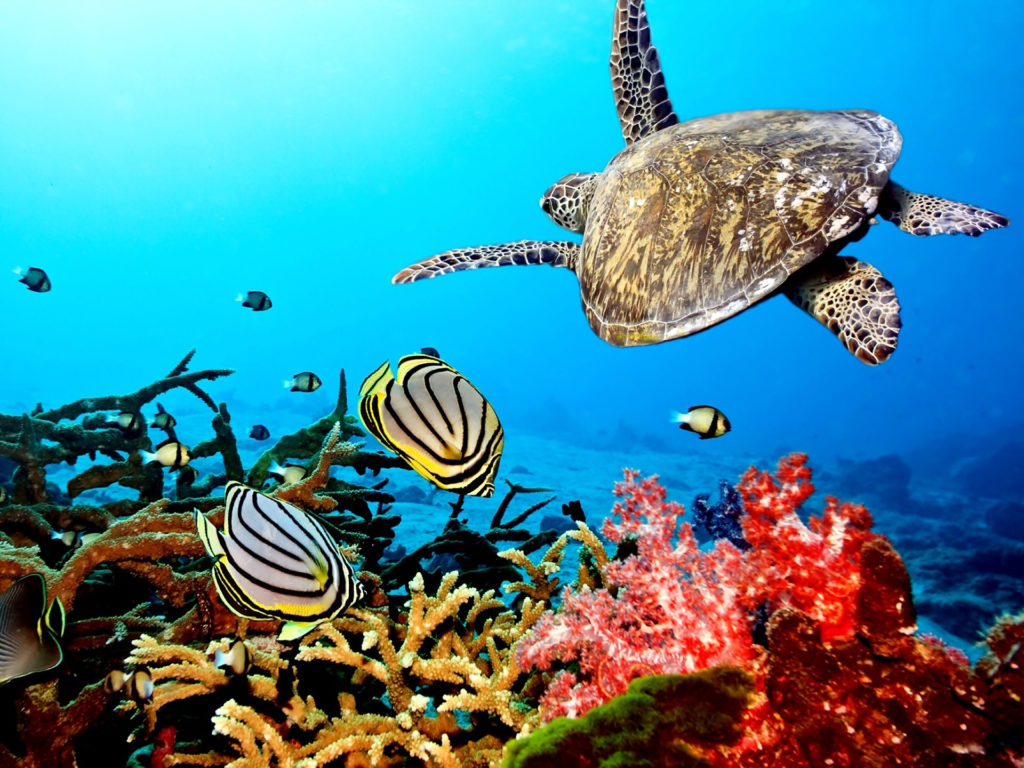The management plan of a protected area is the main tool to establish and regulate the management of resources and the actions to be taken when seeking conservation and sustainability according to the characteristics of the area, its management category and objectives as well as other area-related plans.

Conservation, protection and sustainable management to all corners of the Earth
– BLUE SANCTUARY
Amazing and well preserved coral reefs and abundant and diverse fish species attract divers and anglers from many parts of the world. But the rich biodiversity of the area includes mammals and reptiles of no less ecological importance: the American crocodile is one of them.
The American crocodile has the largest distribution range of the four species from the Americas, but its habitat consists largely of coastal areas. The species may live in fresh and salt water (mangrove swamps, rivers, lakes and the sea), hence its occurrence in the Jardines de la Reina Archipelago. It can also be found in in river systems of Cuba and other Caribbean islands like Jamaica and Hispaniola. The species has also been sighted in Grand Cayman and scientists believe that individuals may be swimming from Cuba where large populations of the species exist. Furthermore, it is said that a hybrid (American crocodile/Cuban crocodile), has been sighted in the Cancun area, probably coming from the Zapata Swamp, Cuba. American crocodiles are extremely susceptible to cold temperatures and live exclusively within tropical waters.

Adults have a uniform grayish-green coloration with white or yellow undersides, while juveniles have dark cross-banding on the tail and back. The average adult is 4 meters (13 ft) long and weighs 382 kilograms (840 lb) in males, and 3 metres (9.8 ft) and 173 kilograms (380 lb) in females.
Their diet consists of fish, insects, reptiles, birds and small mammals, although large mammals (cattle) may occasionally be taken too, but undoubtedly fish is their favorite food. They are said to hunt during early night hours, particularly in the absence of moonlight, but may eat at any time. Adult American crocodiles do not have natural predators.
Due to poaching, pollution, loss of habitat, and removal of adults for commercial farming, the American crocodile is endangered in parts of its range.
American crocodiles are potentially dangerous to humans, but this species is not as aggressive to man as other species. They are rather shy, and apparently devoid of the propensity to attack humans.
Current status of the populations of the American crocodile in the Jardines de la Reina area is still unknown. The management plan for the said area includes a monitoring program to deal with the issue. The program seeks to determine distribution and abundance of the species in the park and to know about its reproduction ecology due to its importance in the mangrove ecosystem.



